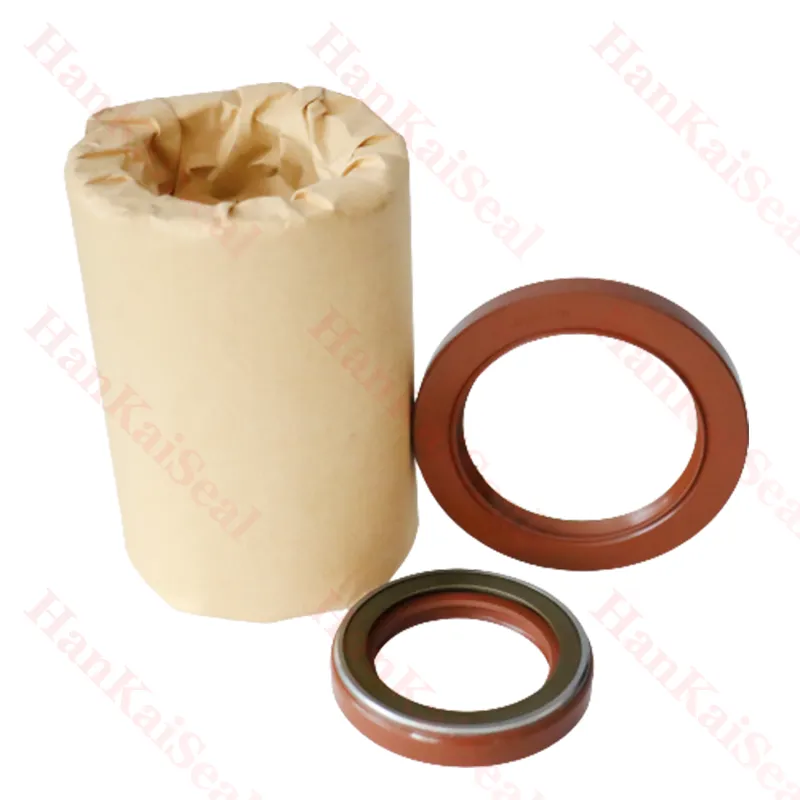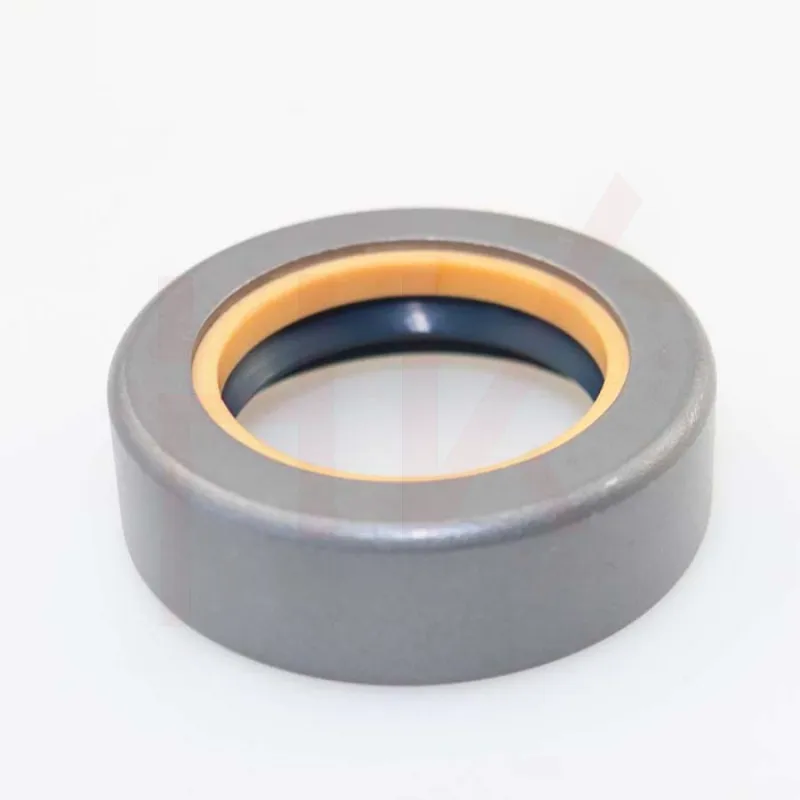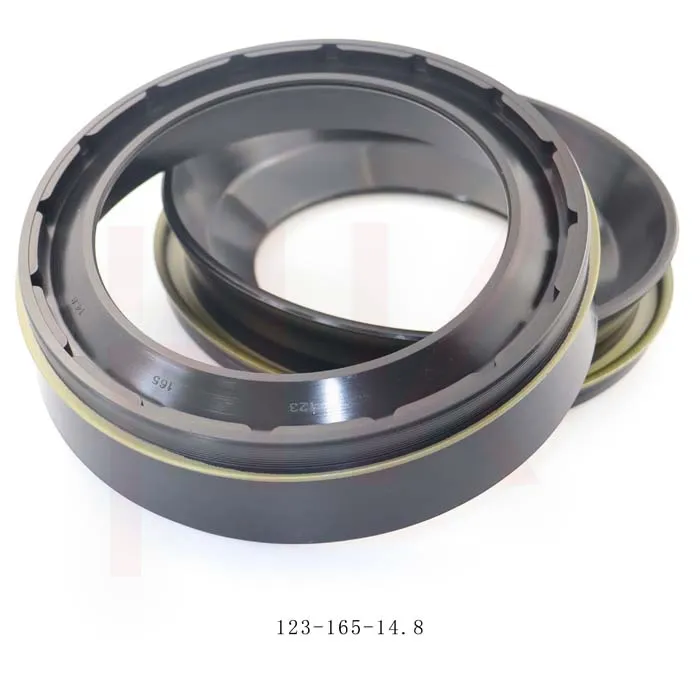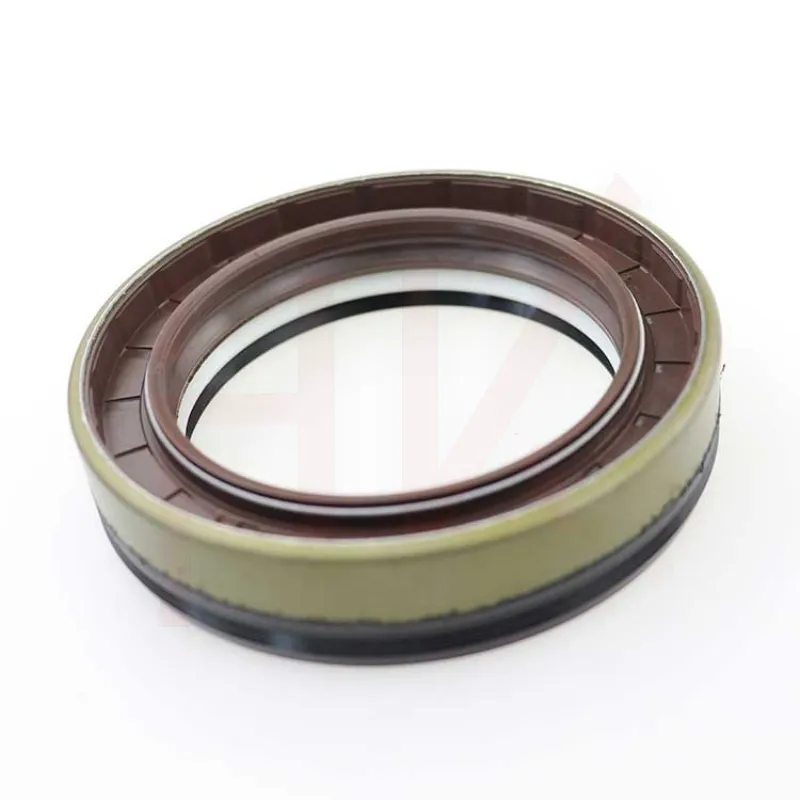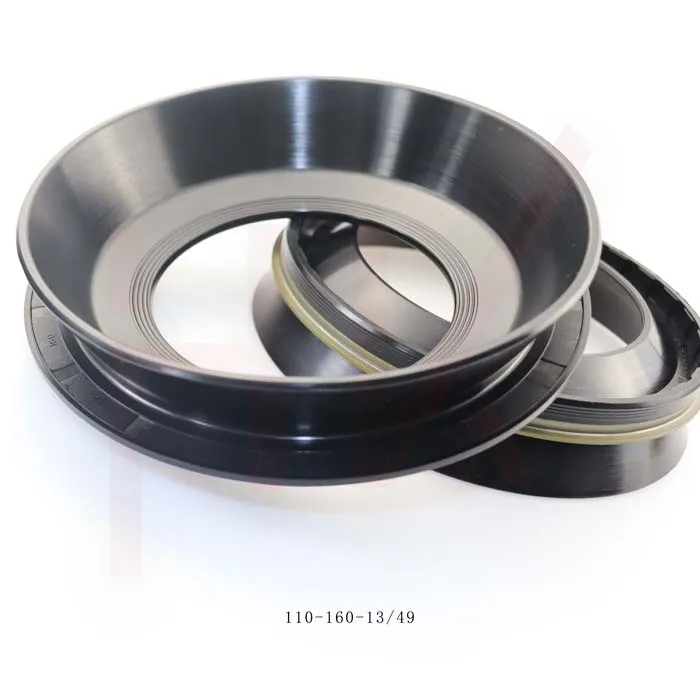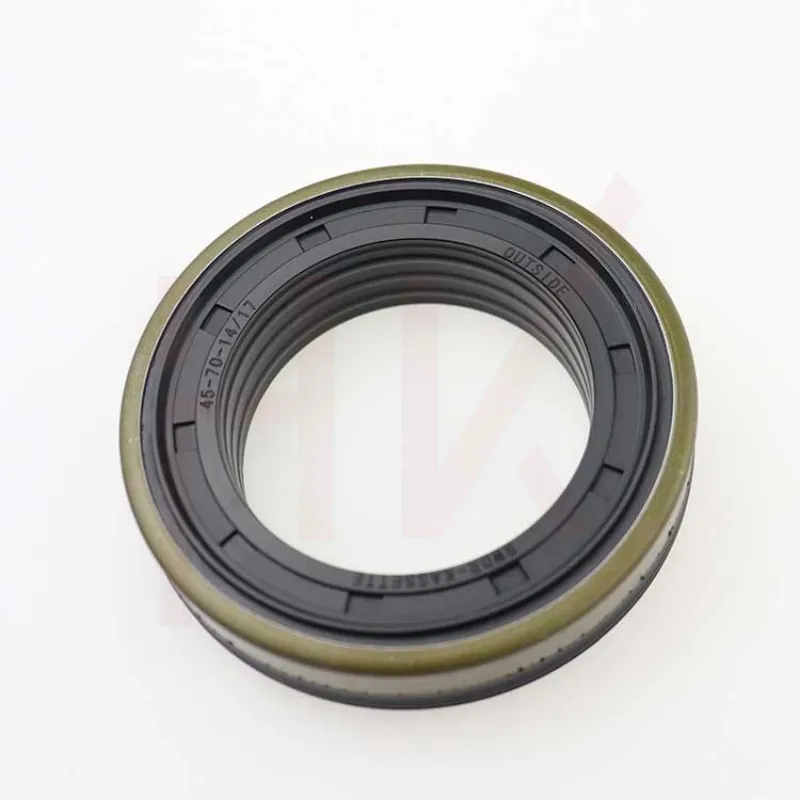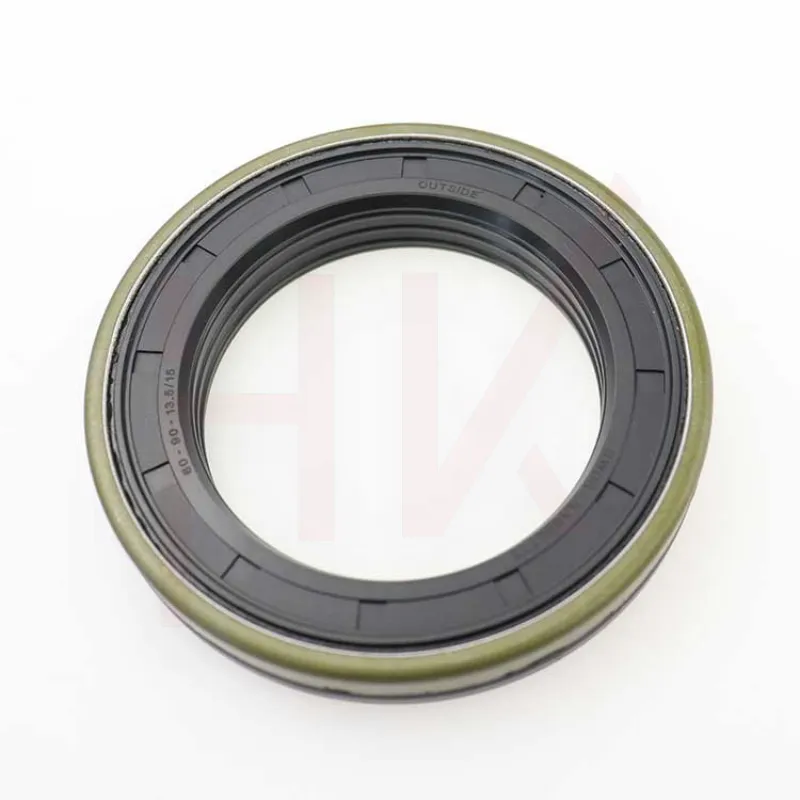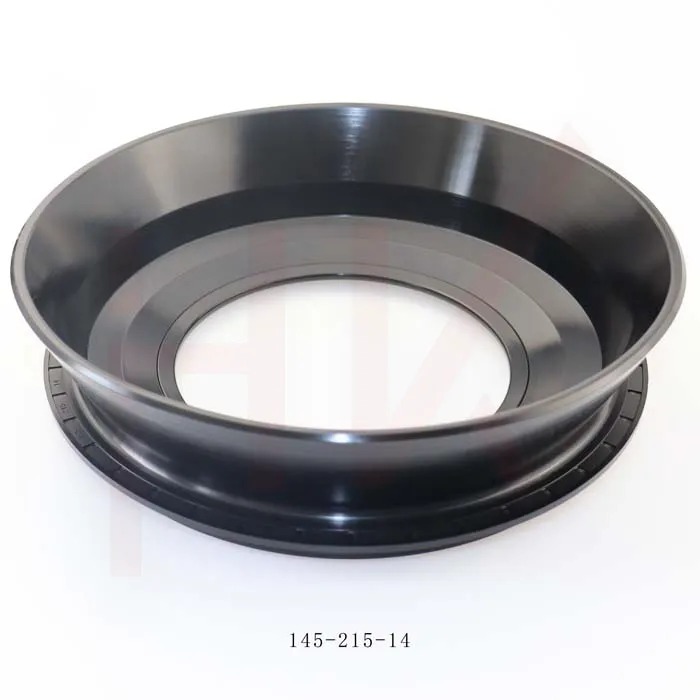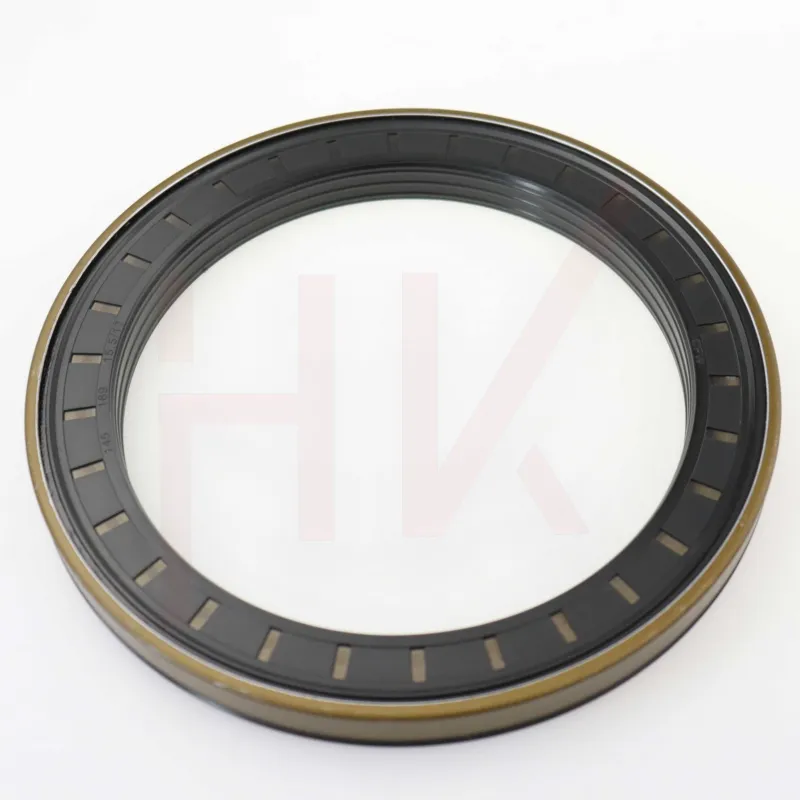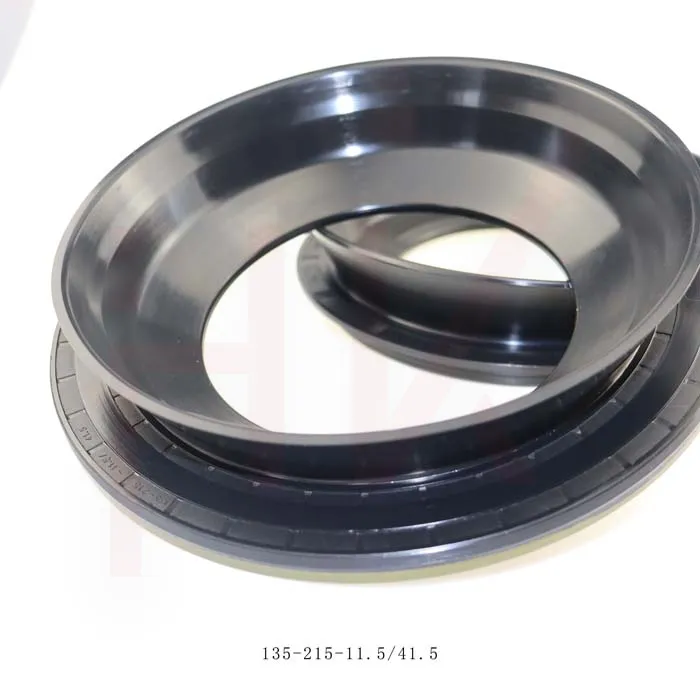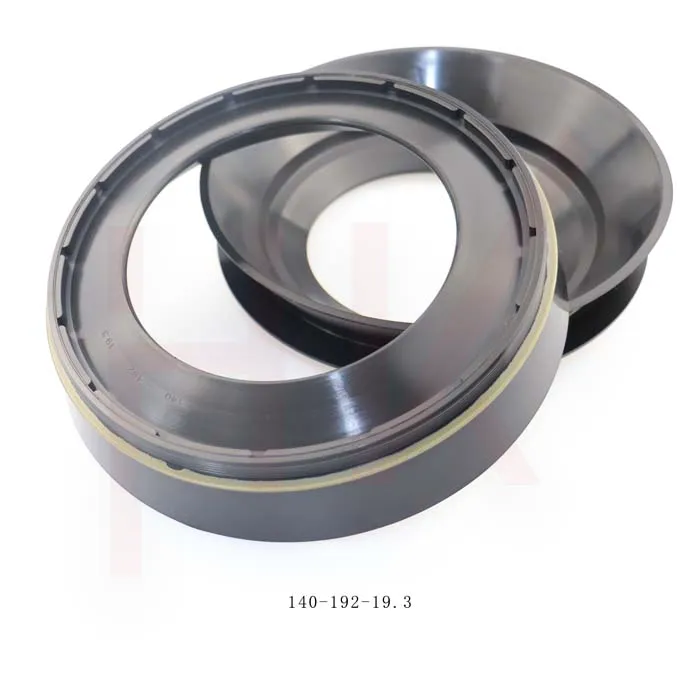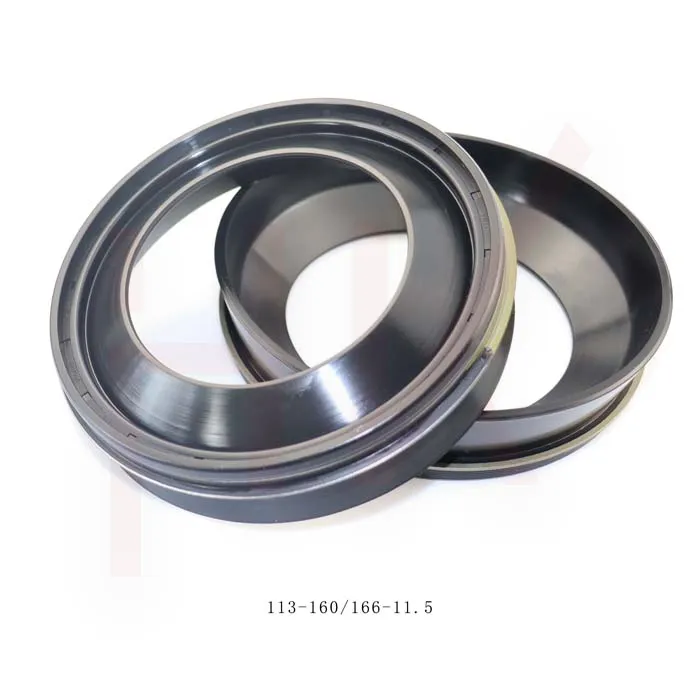Jun . 06, 2025 14:05 Back to list
High-Quality Hydraulic Press Oil Seals Durable Sealing Solution
- Fundamentals of hydraulic press sealing systems
- Performance data analysis of modern seal technologies
- Technical comparison of major manufacturers
- Custom engineering solutions for specialized applications
- Industry-specific application case studies
- Preventive maintenance protocols
- Strategic selection criteria for operational excellence

(hydraulic press machine oil seal)
Understanding Hydraulic Press Machine Oil Seals
Hydraulic press oil seals serve as critical containment systems in industrial machinery, preventing fluid leakage while maintaining optimal pressure conditions. These components function within extreme operating parameters - typically handling pressures from 1,500 PSI to over 10,000 PSI while accommodating temperatures ranging from -40°F to 400°F. Material selection proves essential for performance longevity, with nitrile compounds representing 58% of standard industrial applications while fluorocarbon materials dominate high-temperature scenarios.
The primary failure mechanisms include extrusion damage (42% of cases), abrasive wear (31%), and chemical degradation (19%). Effective sealing systems combine static seals at cylinder heads with dynamic seals on piston rods, creating comprehensive fluid barriers. Modern hydraulic presses increasingly deploy multi-lip seal configurations that integrate primary sealing elements with secondary exclusion barriers, reducing particulate contamination by 78% according to recent tribology studies.
Technical Advancements in Sealing Performance
Recent material science breakthroughs have transformed hydraulic press seal capabilities. Advanced polyurethane compounds now withstand extrusion forces up to 16,000 PSI at temperature thresholds exceeding conventional limits by 27%. Contemporary sealing solutions deliver quantifiable operational improvements:
- 48% longer service life in continuous operation environments
- Reduction in hydraulic fluid consumption by 12-15 gallons/month
- 40% decrease in friction-induced energy losses
Leading manufacturers incorporate innovative geometries like reverse-angle scraping lips and spring-energized elastomer profiles. These designs maintain consistent radial forces across dimensional variations, providing 0.0002-inch clearance control even during thermal expansion events. Performance validation testing reveals 90% leakage reduction compared to conventional v-pack designs.
Manufacturer Capability Analysis
| Manufacturer | Pressure Rating | Temperature Range | Lead Time | Service Life |
|---|---|---|---|---|
| Parker Hannifin | 10,000 PSI | -65°F to 500°F | Standard: 2 weeks | 14-18 months |
| Trelleborg | 12,500 PSI | -40°F to 450°F | Custom: 6 weeks | 12-16 months |
| SKF | 15,000 PSI | -30°F to 482°F | Standard: 1 week | 16-22 months |
The benchmark analysis reveals specialized solutions from SKF demonstrate superior pressure tolerance while Parker Hannifin delivers optimized temperature stability. Trelleborg offers custom engineering capabilities that reduce installation failures by 32% in irregular bore applications. Third-party accelerated testing confirms 0.02 mm/1,000 hours wear rates for premium compounds under maximum rated loads.
Custom Engineering Solutions
Specialized applications requiring non-standard hydraulic press seal configurations represent 34% of industrial requirements. These include tandem seal arrangements with intermediate drainage ports for contamination control and PTFE-encapsulated elastomer compounds for chemically aggressive environments. Customization parameters encompass:
- Non-circular cross-sections for elliptical piston rods
- Composite materials with carbon-fiber reinforcement
- Pressure-adaptive sealing profiles
- Integrated sensor cavities for condition monitoring
Manufacturing processes utilize CNC-controlled compression molding (±0.0004-inch tolerance) for critical aerospace and defense applications. Custom hydraulic press seal kits typically command 15-30% cost premiums but reduce machine downtime by 45% in specialized operating environments.
Industrial Application Cases
A leading automotive stamping facility documented 92% reduction in hydraulic fluid consumption through implementation of multi-lip seal kits on their 2,500-ton presses. The solution combined nitrile primary seals with PTFE anti-extrusion rings and polyurethane wiper seals. Maintenance intervals extended from 8 weeks to 26 weeks, yielding $417,000 annual operational savings.
Offshore platform hydraulic systems present extreme challenges where conventional seals typically fail within 6-9 months. A specialized fluorocarbon-based seal kit incorporating pressure-balanced geometries extended service life to 28 months in saltwater immersion conditions. This solution achieved API 6A certification and reduced emergency maintenance callouts by 78%.
Preventive Maintenance Methodology
Proactive seal management follows the P-F (Potential-Functional failure) interval framework established in reliability-centered maintenance protocols. Critical implementation strategies include:
- Quarterly fluid analysis tracking ISO cleanliness codes
- Monthly friction signature monitoring via vibration analysis
- Annual dimensional verification of mating surfaces
Contamination control remains paramount - studies confirm particulate levels exceeding ISO 18/16/13 accelerate seal wear by 9x. Preventive hydraulic press seal replacement at 80% of predicted service life reduces catastrophic failure risks by 92%. Maintenance logs indicate properly executed seal installation increases mean time between failures by 63%.
Selecting Hydraulic Press Seal Kits for Maximum Efficiency
Optimal hydraulic press seal kit selection demands consideration beyond technical specifications. Critical evaluation parameters include lifecycle cost calculations accounting for fluid loss, energy consumption, and productivity impacts. High-performance sealing solutions generate quantifiable ROI within 6-18 months despite higher initial costs. Leading operations prioritize suppliers offering:
- Finite element analysis of seal performance
- Custom material compounding services
- Comprehensive failure analysis reporting
Dimensional compatibility verification ensures proper interference fit with existing components. Installation toolkits and surface preparation protocols from manufacturers reduce seal damage incidents by 81%. Technical partnerships with providers offering failure mode analysis support deliver 27% longer system lifetimes and reduce secondary damage incidents by 64%.

(hydraulic press machine oil seal)
FAQS on hydraulic press machine oil seal
Here are 5 HTML-formatted FAQs focusing on hydraulic press oil seals:Q: What causes hydraulic press machine oil seals to fail?
A: Hydraulic press oil seals fail due to excessive heat degrading rubber compounds, abrasive contamination in the hydraulic fluid, or excessive system pressure exceeding the seal's rating. Improper installation that damages the sealing lip can also cause premature failure.
Q: How do I replace a damaged hydraulic press oil seal?
A: First, depressurize and drain the hydraulic system. Disassemble the cylinder to access the damaged seal, remove it carefully without scratching sealing surfaces. Install a new hydraulic press seal kit matching OEM specifications, lubricating seals before assembly per manufacturer guidelines.
Q: What features should I look for in hydraulic press seal kits?
A: Quality hydraulic press seal kits include wear-resistant materials like polyurethane or Nitrile rubber compatible with hydraulic fluids. They should contain all necessary replacement seals (rod seals, piston seals, wipers) with precise dimensional tolerances, and comprehensive installation instructions for your specific press model.
Q: How can I prevent hydraulic press oil seal leaks?
A: Prevent leaks by maintaining clean hydraulic fluid through regular filtration changes and controlling operating temperatures below 180°F/82°C. Monitor press alignment to prevent side-loading cylinders, and avoid over-pressurization cycles that accelerate hydraulic press seal fatigue and extrusion.
Q: What's included in a complete hydraulic press seal kit?
A: A comprehensive hydraulic press seal kit contains rod seals, piston seals, wiper/scraper seals, O-rings, and backup rings specifically configured for your cylinder. Kits may also include wear bands, gland gaskets, installation tools, and specifications to rebuild entire sealing systems in hydraulic press rams or cylinders.
-
Reliable Oil Seal Wheel Hub Solutions for Industrial & Automotive Use
NewsNov.17,2025
-
Durable Front Hub Oil Solutions for Industry – HKAiSeal
NewsNov.17,2025
-
Wholesale Hydraulic Pump Motor Seal Kit A4VSO250 | In Stock
NewsNov.17,2025
-
Pump Seal Kits: Essential Components for Industrial Reliability
NewsNov.17,2025
-
TCV Oil Seal - Double-Lip, Spring-Loaded, High Temp & Wear
NewsNov.17,2025
-
Hydraulic Seal Kits: Reliable Solutions for Industrial Equipment
NewsNov.17,2025
-
Combined oil seal 659214 12001903B, fits 119990, NBR OEM
NewsNov.17,2025
Products categories

